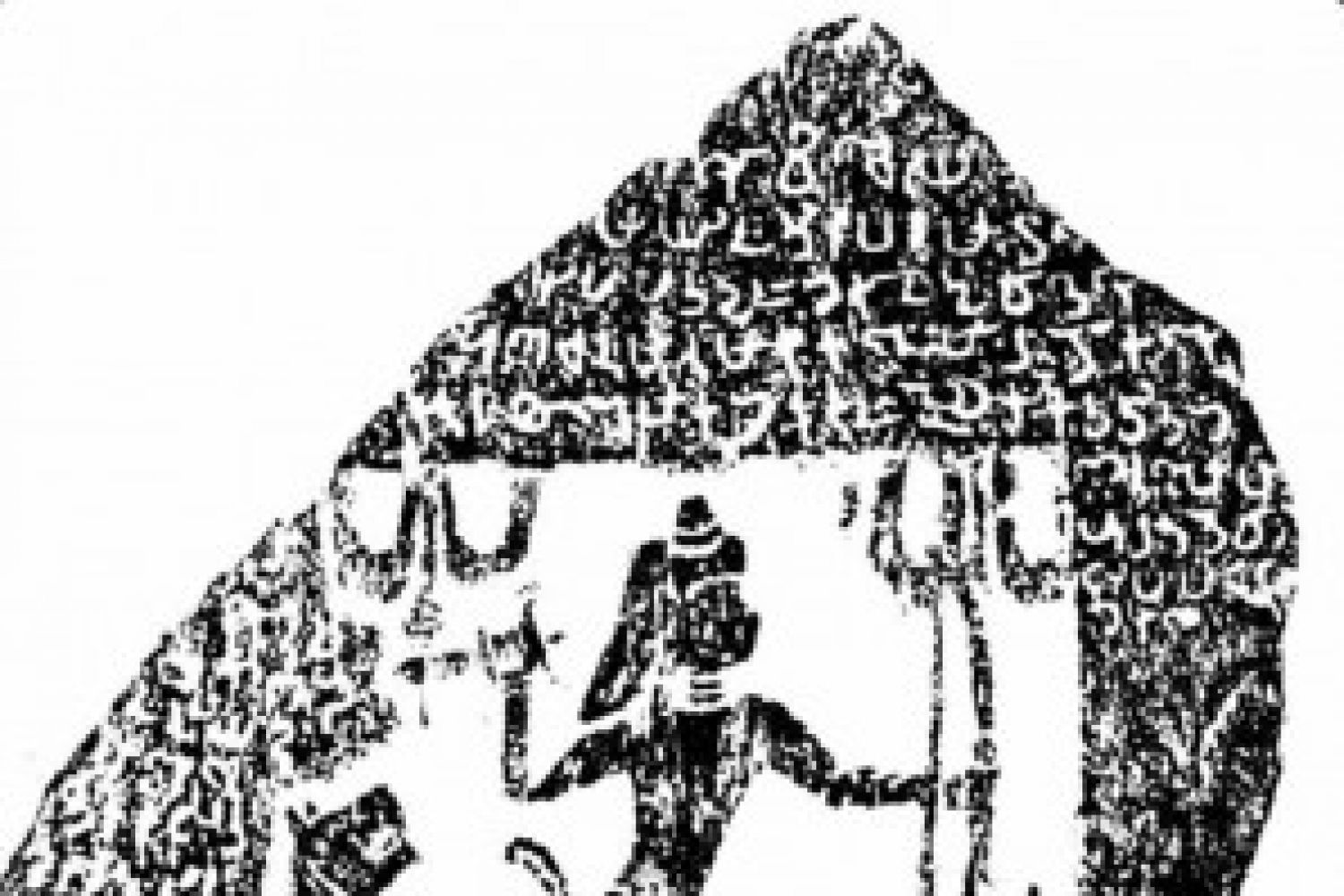
A statement attributed
to Pliny the Elder (23-79 CE) says, “Animals grow biggest in India. From India
comes the dog that is larger than all others.” With its varied climatic zones,
from the snow-covered mountain ranges of the Himalayas to the blistering
deserts of western India, the Indian subcontinent is home to a bewildering
variety of creatures.
However, few people
realise that this biodiversity is reflected in the country’s canine population
as well. India is home to a nu





